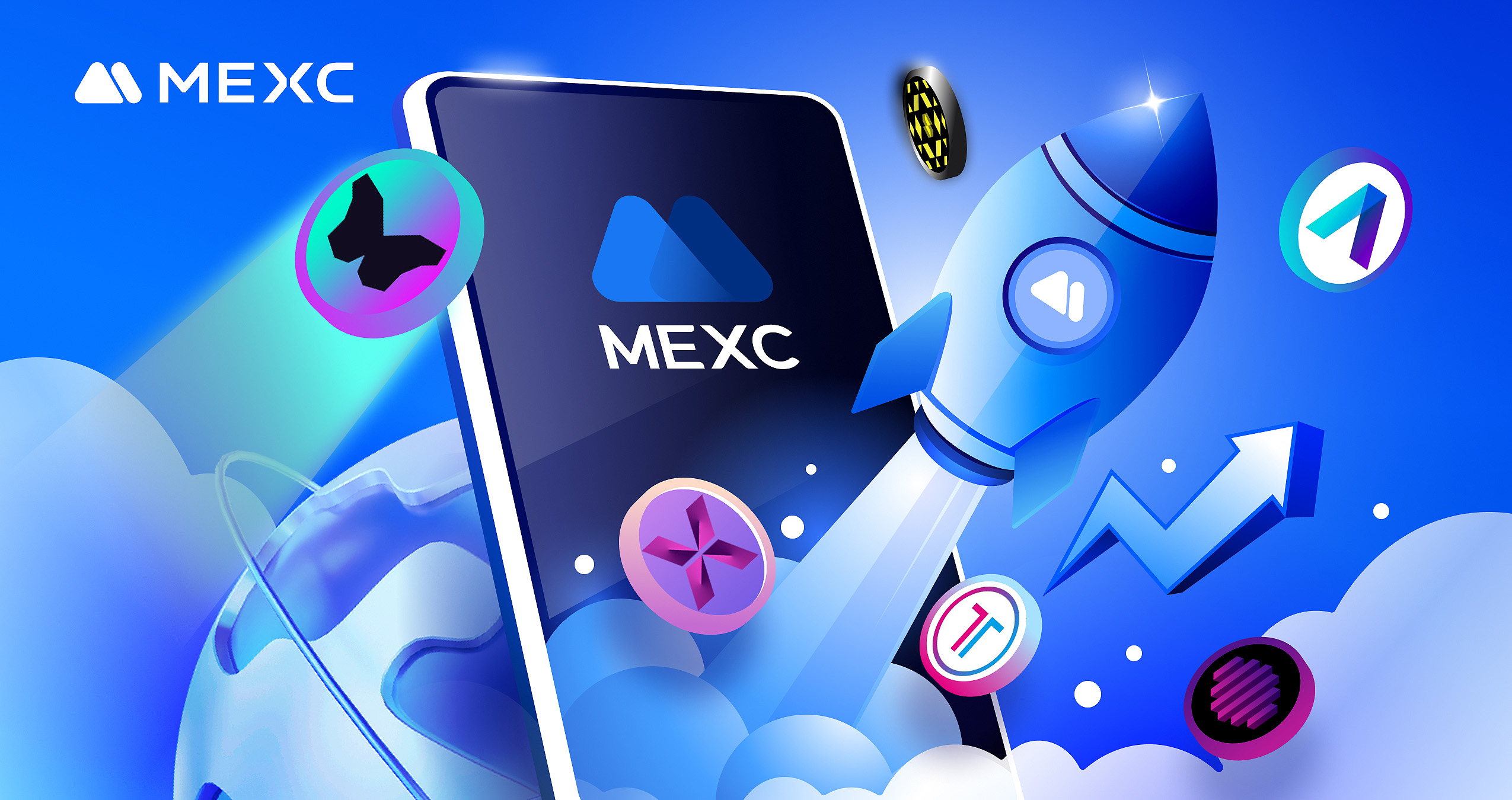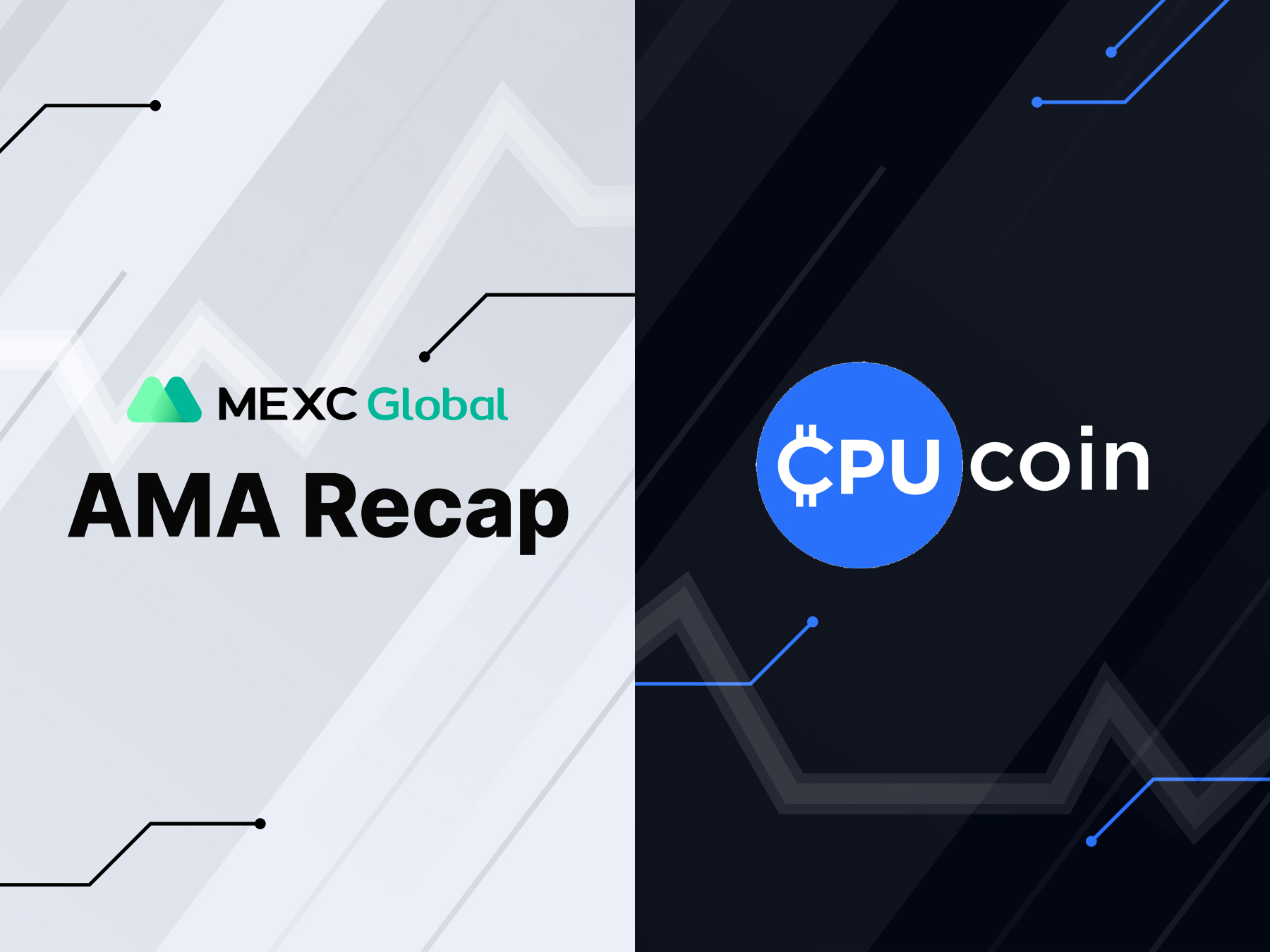StarkWare,a Layer2 scalability solution , has published three blogs to announce the StarkNet tokenomics. StarkNet token will be issued in September 2022, becoming another top Layer2 solution after Optimism.At the same time, zkSync announced its roadmap. As the first solution using zkEVM rollup, zkSync2.0 will launch its mainnet within 100 days. Optimism(OP/USDT),on the other hand, increased by 353% from July 13 to date. Meanwhile,Ethereum announced its merge plan, which will shift Ethereum from a Proof-of-Work model to Proof-of-Stake, increasing the blockchain’s security and scalability.The final merge date will be on September 19.
Since the merger of ETH announced, Ethereum (ETH/USDT) is currently trading up 72%.The ETH merger will not immediately bring a noticeable increase in throughput on Ethereum, it needs time to finish scaling.In the short-middle term,Layer 2 solutions solve the inefficiencies faced by Ether networks, while still maintaining the integrity of the Ethereum blockchain.
MEXC has been deployed in Layer2 section all the time. Optimism(OP/USDT) was initially listed on MEXC global, other top Layer 2 projects,like StarkWare, will be listed on MEXC in time after issuing. The below chart compares the price changes of the top Layer 2 projects on MEXC since the announcement of Ethereum merge date.
The Growth of Top Layer 2 Projects on MEXC From July 13 to August 5
| Projects | OP | METIS | BOBA | DYDX | IMX | OMG | ZKS | LRC |
| Growth | 353% | 142% | 69.4% | 45.9% | 39.8% | 39% | 20% | 19.4% |
A Layer1 blockchain, such as Bitcoin and Ethereum, is the base protocol that is then used in conjunction with third-party Layer2 protocols and is also known as an L1 blockchain, mainnet or primary chain. The major issue of blockchain network scalability is primarily due to the proof-of-work (PoW) consensus mechanism adopted by layer-1 blockchains that require excessive amounts of computational resources to build each block of transaction data on the network. Moreover, the volume of transactions that a layer-1 blockchain can handle is inversely proportional to the time required to complete them, leading to an increase in transaction or gas fees on such networks.
L2 refers to a secondary framework built on top of an existing blockchain ecosystem. The primary goal of these protocols is to solve the inefficiencies that are being faced by the major networks.One of the advantages of these solutions is the preservation of their original structure. This is possible as the second layer is added as an extra layer. As such, L2 solutions have the potential to achieve high throughput without sacrificing network security.Thus, the majority of work executed on the main blockchain can be moved to the second layer. So while the L1 continues to provide security, L2 is able to offer high throughput by being able to perform thousands of transactions per second.
Overview of Layer2 Ecosystem
Ethereum creator Vitalik Buterin has claimed that (L2s or) “rollups are in the short and medium-term, and possibly in the long term, the only trustless scaling solution for Ethereum”. We have seen this start to play out, with the total value locked (TVL) in Layer 2 protocols such as StarkNet, Arbitrum, and Optimism growing from USD 50 million to a high of USD 4.85 billion.

The total TVL on Ethereum is 59.41 billion, TVL on Layer2 made 8.2% of it.

For transaction fees, the current fee for each swap on Layer 2 is between $0.02-0.39. However, on Ethereum it exceeds $3. Executing transactions Layer 2 can save more than 90% of transaction fees than Ethereum mainnet.

The highest recorded TPS (max recorded TPS) of Ethereum is 108, which means that Ethereum has executed a maximum of 108 transactions per second. Whereas, Loopring and Arbitrum reached 768 and 292respectively, indicating that the peak period of volume on these two Layer 2 networks far exceeded the Ethereum mainnet. Layer 2 has indeed successfully helped the Ethereum mainnet to share the volume.

The number of DAPPs on Arbitrum and Optimism networks has reached more than 100. The performance of the abundant types and numbers of DAPPs indicates the sustainable development of Layer2.
Layer2 Scaling Solution
Layer 2 has a number of solutions, each with its own strengths and weaknesses, and tradeoffs. Transactions can be rolled up in rollups and taken to L2 via Optimistic and ZK rollups. The list of main L2 solutions include:
- Optimistic rollups (data on-chain, fraud proofs):Implementation by Optimism, Arbitrum,Boba Network and Metis.Optimistic rollups sit in parallel to the Ethereum Mainnet on layer 2 and don’t perform any computation (mathematical equations) by default. Instead, after the transaction is complete, they submit the new state to the Ethereum Mainnet, essentially notarizing the transaction.
- Low gas fees
- Increased throughput
- Smart contract capability
- Security (guaranteed by the Ethereum Mainnet)
- Long withdrawal time (challenge periods can last for weeks).If a fraudulent transaction is discovered, the rollup will automatically call a fraud-proof and run the transaction’s computation using the available written data, leading to long withdrawal times if the transaction is challenged.
- ZK rollups (data on-chain, zero-knowledge validity proofs): Implementation by Loopring, Starkware, zkSync.The smart contract for a ZK rollup keeps the data of all transfers on layer 2 and the data can only be edited with a validity proof. Meaning, ZK rollups only need validity proof, opposed to all the transaction data. This function decreases the cost to transact due to less data being included.
- Near instant transfers
- Not vulnerable to the attacks that optimistic rollups may be affected by
- Still secure and decentralized
- Validity proofs are extreme to compute for smaller applications with less on-chain activity
- A user can influence transaction ordering
- Some rollups don’t offer Ethereum Virtual Machine (EVM) support
- Validium (data off-chain, zero-knowledge validify proofs): Implementation by Starkware, Matter Labs zkPorter.
- Plasma (data off-chain, fraud proofs): Implementation by OMG Network, Matic Network, Gazelle, Leap DAO. Ethereum’s Plasma layer 2 solution uses child or secondary blockchains that will assist the main chain in verification. Plasma chains are similar to smart contracts or parachains from Polkadot. However, they are structured differently in a hierarchy to take transactions from the main chain to free up work and improve salability.
Star Projects of Layer2
Arbitrum
Arbitrum is a layer 2 solution designed to boost the speed and scalability of Ethereum smart contracts, while adding additional privacy features. The layer 2 platform allows developers to run unmodified EVM contracts and transactions on layer 2, without compromising on layer 1 security.
Arbitrum uses the Optimistic Rollup scaling solution, which enables high throughput and allows developers to deploy and operate smart contracts at low cost, while maintaining trust-free security.Arbitrum has its own virtual machine, Arbitrum Virtual Machine, which reduces its dependence on EVM.
According to Footprint Analytics, Arbitrum has contributed 51.46% of all Layer 2 TVL, totaling $25.7 billion as of August 4. Arbitrum has just 44 live projects, which are not particularly large. Among them, the DeFi category is dominated by DEX, lending and asset categories.

The two biggest challenges that Arbitrum faces are :
1. Long wait times for on-chain transactions due to potential fraud challenges;
2. Few ways that the security of funds can be compromised on Arbitrum . Besides, Arbitrum is not currently in a cryptocurrency launch and is still in its early stages and we expect it to continue to enrich its ecosystem and attract more developers and investors.
Optimism
In Optimism, all transactions are processed through EVM. This explains why Optimism is currently working towards a new fraud proof verification model, to act as an EVM equivalent
Optimism’s ecosystem consists of over 20 dApps, mainly the Synthetix ecosystem.Looking at the types of DeFi projects in Optimism, there is a clear lack of variety with almost all TVL being occupied by DEX.
Optimism ranks second to Layer 2 TVL, with a market share of 25.23%,totaling $19.09 billion as of August 4.

The reasons behind the slow development of Optimism include:
- Optimism is not 100% EVM compatible
Optimism wants to implement an on-chain smart contract via OVM (Optimistic Virtual Machine) that can accept and execute off-chain EVM-compatible instructions, thus ensuring that the OVM bytecode can be mapped to the EVM one by one. However, this mapping may only be about 20 bytecodes, which makes Optimism not 100% EVM-compatible and slightly more costly to develop.
- Optimism’s whitelisted launch mechanism
The main reason Optimism uses whitelisting is because it wants to create a new fraud prevention system, but it is not an easy task and requires a lot of time and experience.
- The current ‘anti-VC’ culture of the crypto community
Optimism’s growth has been backed by notable VCs, such as Paradigm and a16z. Compared with Arbiturm , the latter is considered to be more grassroots.
zkSync
zkSync 2.0 is an zkEVM-compatible ZK-Rollup being built by Matter Labs. zkEVM is a virtual machine that executes smart contracts in a way that is compatible with zero-knowledge-proof computation. The first version zkSync 1.0 has been live for 1.5 years and helped reduce Eth transfers by approximately 50x and secured over 4M transactions. zkSync 2.0 has more features, lower costs, and is more compatible and convenient than the previous version.
However the main challenge of zkSync is security of the zkSync network. In order to achieve a faster confirmation speed of this network, Layer 2 networks generally adopt consensus protocols such as PBFT and DPoS. These protocols can support faster block production speeds, but they are usually more centralized.
zkSync currently ranks 4th to Layer 2 TVL, with a market share of 21.67%,totaling $66.6 million as of August 4.

StarkWare
StarkWare mainly solves the scalability and privacy of the blockchain. StarkWare has developed a complete solution that uses STARK technology to form Volition through zk-Rollups and Validium modes to generate and verify the proof of computational integrity. StarkWare’s cryptography proof can achieve zero-knowledge, simplicity, transparency and post-quantum security. The main products developed by StarkWare are: StarkNet, StarkEx, Cairo.
One of the unique features of the solution provided by StarkWare is that it can be deployed in multiple data availability modes: zk-Rollups or Validium. Both are based on proof of validity, but in zk-Rollups, all data is on the chain, while in Validium, the data is stored off-chain, and only submissions of the latest state and on-chain submissions that prove the validity of the state are submitted.
At present, StarkWare is ahead of zkSync in terms of performance and current operating conditions. The biggest difference between zkSync and StarkWare is the design philosophy. The zkSync project is open source, and the team says it doesn’t matter if it’s replaced, as long as it can boost the development of the community and Ethereum. StarkWare is a toB centralized company. The STARK prover can only be used by StarkWare at present, and the language of Cairo is actually not so beneficial to the Ethereum ecosystem.
At present, StarkWare and zkSync are the two largest ecosystems that adopt the ZK Rollup solution, which embody the market’s expectations for the development of ZK Rollup. However, due to the difficulty of development and the slow progress, most of the DAPPs in these two ecosystems have not yet been launched.
Migration to Layer2
The DeFi projects first migrated to Layer2 .According to DeFi Iiama data, the TVL of the entire DeFi has exceeded 67billion US dollars. Among them, the TVL on Ethereum ranks at the top, BSC, Tron, Avalanche,Solana and Polygon have taken up most of the rest of the market share. In theory, almost all main DeFi projects will choose their own Layer 2 migration. The migration led by top DeFi projects will eventually lead to the outbreak of Layer 2. TVL of Top Layer2 projects Arbitrum and Optimism also rank in the top 10.

After ZK rollups support NFT minting, trading and transfer functions, Layer 2 has a new wave of growth.Later, the development of GameFi and Metaverse led to the breakthrough of many emerging Layer2 projects.
On the other hand, public chain competition has intensified. In the market, the ecosystem of Ethereum competition chains such as Fantom, Solana, Near, and Avalanche is getting more and more fierce, it is also forcing funds, users and markets to return to Ethereum Layer 2.
Layer 2 is more suitable for high-frequency transactions. Investors with large capital have greater demand for Layer 2. Top projects have the potential to become focus of DApps, users and capital.
However, there are still challenges for Layer2.
- Rollup, which combines speed and security, is still in early development. Among them, Optimistic Rollup has the problem of withdrawal delay, and the transaction fee is still relatively expensive.
- Migrate to Layer 2 is often complicated. For developers, the infrastructure of Layer 1 is relatively complete, however, in the process of migrating applications to Layer 2, infrastructure is still incomplete. For users, the migration from layer1 to layer2 is not only complicated, but also faces high cross-chain fees. Without proper incentives, it is difficult to have the motivation to migrate.
- Some Layer2 projects face the problem of insecurity and centralization.
- Layer 2 is isolated. If the ecosystem on Layer 2 is incomplete, it will break the composability of Layer 1 ecosystem. When DeFi loses its composability, many arbitrage cannot be completed, and there is no way to help users to obtain higher returns. Thus,scalability can only be achieved when complete Defi protocols migrate to Layer 2.
Summary
A considerable movement to migrate and deploy projects directly on layer 2 is already happening. The current main methods can reduce gas fees to a certain extent, but most of the gas fees can be lowered more.
Although the migration costs and transaction costs are significantly lower than those of Layer 1, there are still differences between Layer 2 projects.At the same time, because many Layer 2 projects are complicated to operate, the demands for ordinary investors may not be met.
In the foreseeable future, Layer 2 will face more intense competition. But this may be good for developers, users and creators because protocols will focus on differentiation, customization, and providing unique service to users.
About MEXC
Established in April 2018, MEXC is a digital asset trading platform with over 7 million users, which offers users one-stop services, including spot, margin, leveraged ETFs, derivatives trading and staking services. The core members of the team come from international enterprises and financial companies and have experience in blockchain and financial industries.
For more information, please visit our website and blog. Follow MEXC on Twitter and Telegram.
Join MEXC and Start Trading Today!



